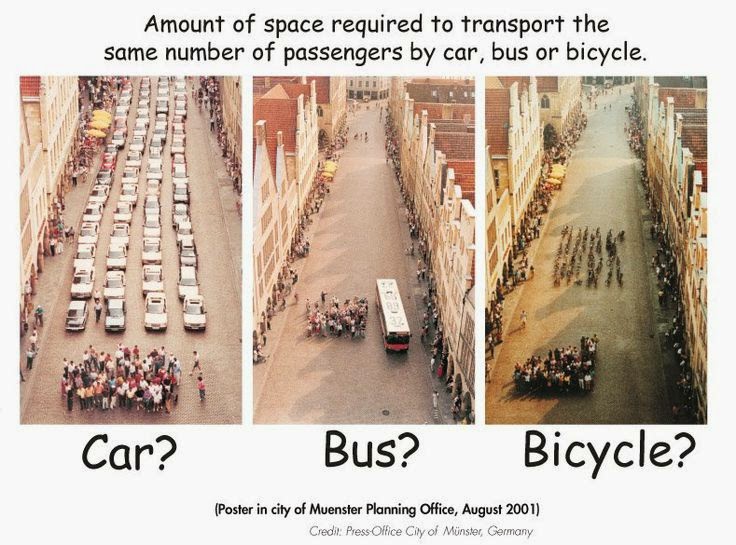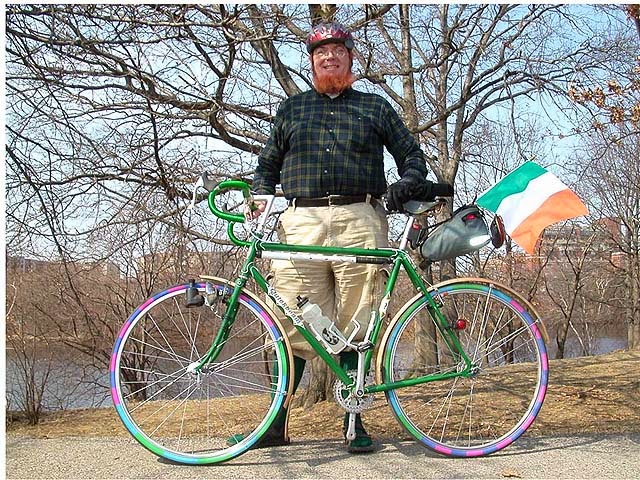In this part of the world, winter has been longer, colder and grayer than in recent years past.
That means, among other things, that the transition to Spring has been later--by about a month--than it normally is. So, we've been getting the proverbial March winds in April.
Under normal circumstances, riding in it would be invigorating, even bracing. But since I've done less cycling than I normally do, riding into the wind has been arduous.
But at least we had blue skies and sunshine yesterday. Life is good, cycling is great.
That means, among other things, that the transition to Spring has been later--by about a month--than it normally is. So, we've been getting the proverbial March winds in April.
Under normal circumstances, riding in it would be invigorating, even bracing. But since I've done less cycling than I normally do, riding into the wind has been arduous.
But at least we had blue skies and sunshine yesterday. Life is good, cycling is great.


































